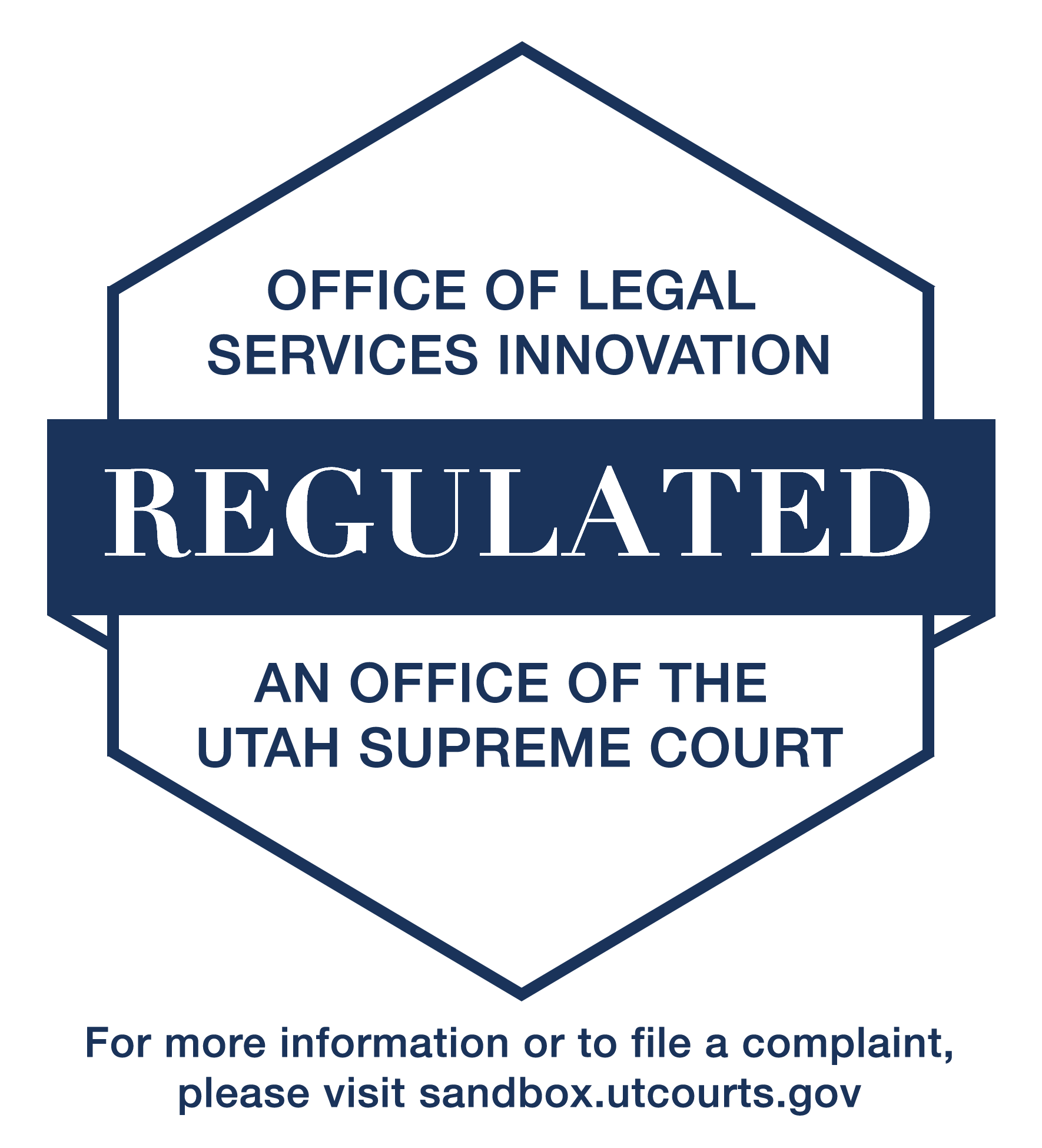Thoughts on the January 8, 2020 meeting of the Utah Supreme Court’s Task Force for Regulatory Reform.
Jason Velez 1/8/2020
Some high-level observations: there was a reasonable response to the opening of the sandbox. Many companies, lawyers and members of the legal tech community have expressed an interest in tracking or participating in the sandbox.
The current plan is to prepare an amendment to rule 5.4, some of which will deal with advertising, solicitation and referral fees as well as the inclusion of a rule 5.4* that would be subject to a standing order by the Utah Supreme Court which would be consistent with the goals of the regulatory sandbox, including lifting the restrictions on ownership and fee sharing.
The amended rule and standing order are intended to be ready by the first weeks of February. Then circulated among the stakeholders, state bar, Utah Supreme Court and relevant committees to be published for comment. The comment period is being reviewed and will possibly be extended beyond the mandatory 45 days.
As an observer it was impressive to see the magnitude of the undertaking, changing the rules of professional conduct and essentially the way law has been practiced heretofore. Dr. Gillian Hadfield expressed the need to maintain momentum and the belief of the relevant community that such a transformation is going to happen. There have been efforts at regulatory change in the past that have died on the vine.
Lucy Ricca, author of the comprehensive report Corporate Legal Services Market in California, which discusses that the corporate world, generally speaking is already benefiting from work-arounds beyond the scope of rule 5.4. It appears that the consumer market is not benefiting from such relaxed approaches to providing legal services because small law is not willing to take the risks or lack the incentives that corporate law may have.
I think it is important for the community to realize that there are many existing models that are already circumventing the rules. Whether it is private equity firms providing injury attorneys “loans” which allow them to both finance cases and marketing or companies like Atrium that were pitched as legal tech startupsand raised significant amounts of capital but are actually operating as traditional law firms. These are two examples of outside capital claiming an ownership in law firm activities or legal fees. We should not be finding ways to continually scheme around the rules but allow the rules to reflect the actuality of a market driven system.
There was a discussion on whether or not there should be some technological threshold for participants in the sandbox. I feel that it is important that tech driven solutions are actually current technology otherwise the access to justice goal will be hindered by the inaccessibility of bad tech.
Lawyers and Law firms as a whole are very slow to adapt technology. It stands to reason that consultants in the legal industry will receive the best margins from the most established companies. This becomes detrimental when a decision to make a technological pivot is to a 20-year-old product. A good example is that when I graduated law school in 2001, one of the only industries using WordPerfect were lawyers.
So when a law firm pivots to an old technology which is being represented as current they will spend the next decade using outdated software because lawyers are not very agile. For this reason, it is important that sandbox companies are using the most reasonably current technology. I would suggest things like open APIs, cloud-based and native smart phone apps.
There are some changes to the sandbox website which include more information regarding upcoming meetings and there will be increased content provided on the website supporting the philosophy and goals of the oppose regulatory change.




